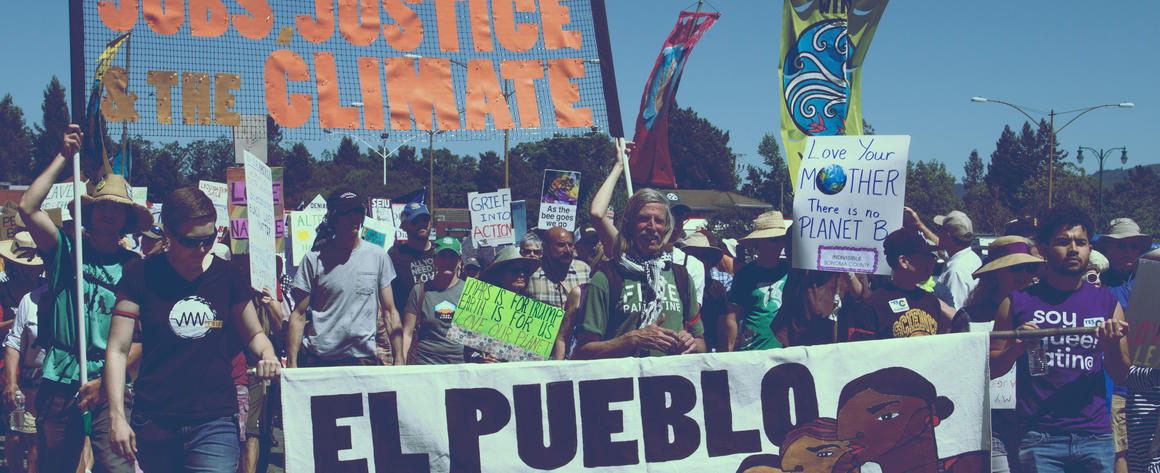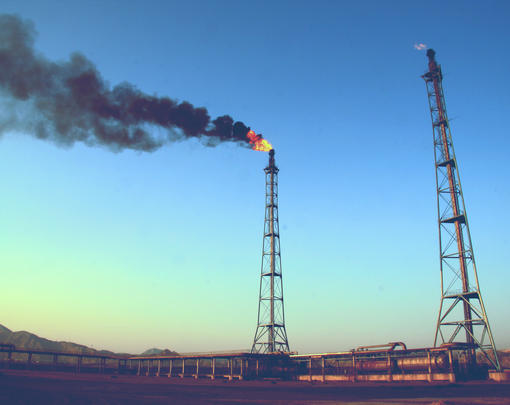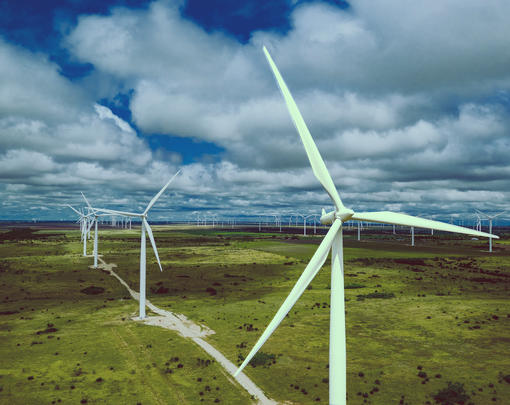
- Taking climate action to the next level
Taking climate action to the next level
For over forty years we have known that avoiding disastrous climate change requires breaking fossil fuels’ hold on our economy and way of life. Yet, throughout all that time, debate, negotiations, and actions have fallen short in triggering, never mind managing, an energy transition. At this pivotal moment, those considered climate leaders are just not going far enough. Even California, the United States’ “climate heavy-hitter” (but also top oil producer), seems to be unable to pursue a key climate action within its boundaries: ending the leasing of new oil fields. Instead of addressing the drivers of climate change head on, we just nip at the system’s edges.
Real climate leadership means taking on the root causes of climate change and other societal ills to change the system before we breach critical thresholds in temperature rises. Within the system we have, we will never be able to push the needle far or fast enough toward a renewable energy system. We need to start implementing energy interventions today in key points of the system with the aims of keeping fossil fuels in the ground, deploying renewable energy, and changing our political economy.
Three groundbreaking and complementary interventions could start transforming the power structures that promote and enable our problematic energy and political economic systems: quantitative easing for the planet, public ownership for energy democracy, and anchor strategies for the energy transition. By proposing interventions at all governance levels—federal, regional, and local—and aiming different points of the energy chain, these interventions combined can bring us closer to an system on common ground with sustainability, democracy and equitability.







